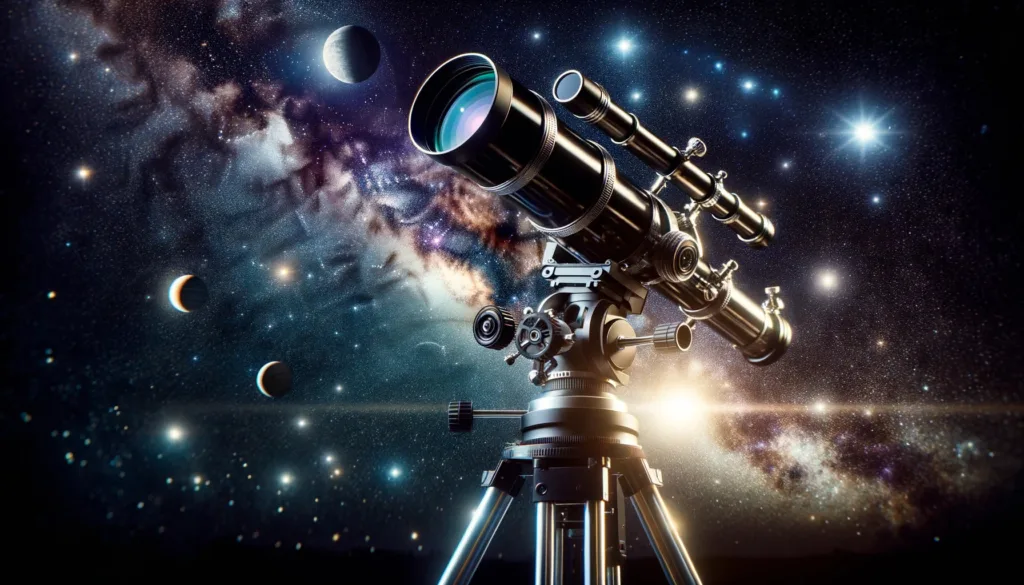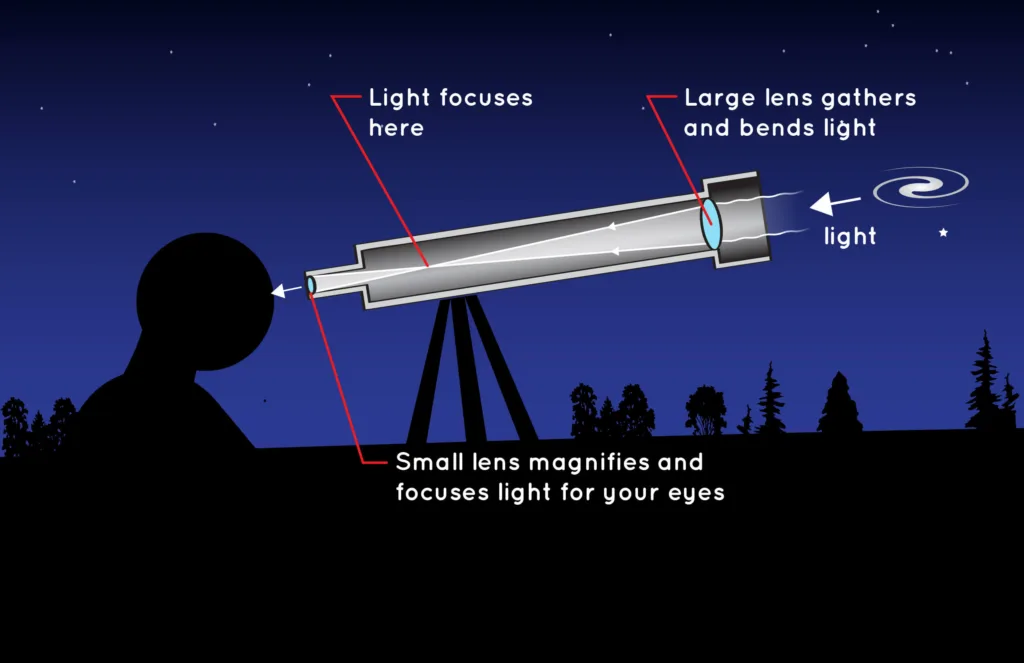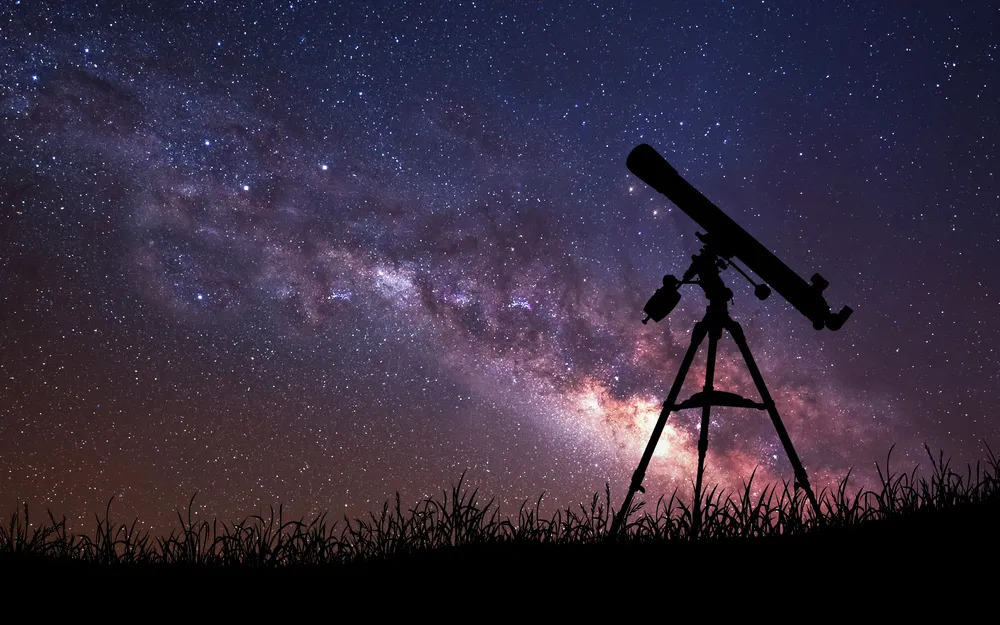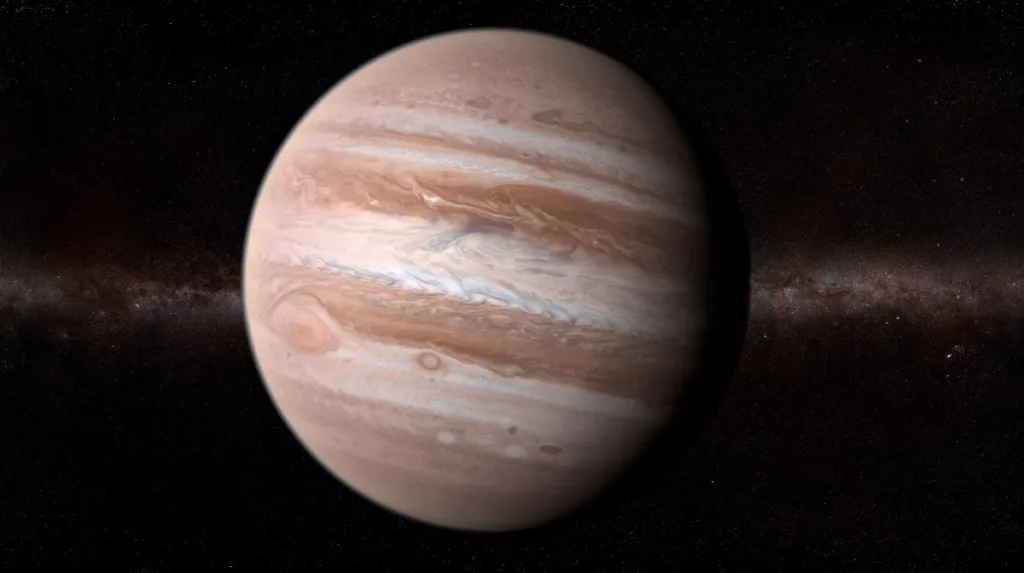Exploring the History and Evolution of Telescopes

In the vast expanse of the cosmos, telescopes stand as humanity’s window to the stars, offering glimpses into the mysteries of the universe. From the humble beginnings of early optical devices to the cutting-edge technology of modern observatories, telescopes have revolutionized our understanding of the cosmos and reshaped our perception of the universe.
The Evolution of Telescopes:
The history of telescopes traces back to ancient civilizations, where simple optical instruments were used to observe celestial phenomena. However, it was not until the 17th century that the telescope underwent a profound transformation with the groundbreaking work of astronomers like Galileo Galilei. Galileo’s pioneering observations of the moon, planets, and stars revolutionized our understanding of the solar system and laid the foundation for modern astronomy.
Types of Telescopes:
Today, telescopes come in various shapes, sizes, and configurations, each tailored to explore different aspects of the universe. Optical telescopes, including refractors and reflectors, remain indispensable tools for observing visible light from celestial objects. Meanwhile, radio telescopes detect radio waves emitted by distant galaxies, while space-based telescopes like the Hubble Space Telescope capture breathtaking images of the cosmos from beyond Earth’s atmosphere.

Advancements in Telescope Technology:
In recent decades, advances in telescope technology have propelled astronomical research to new heights. The development of adaptive optics, for example, has revolutionized ground-based observations by correcting distortions caused by Earth’s atmosphere, enabling astronomers to capture sharper images of distant objects. Similarly, the construction of large-scale observatories, such as the Keck Observatory and the Very Large Telescope, has expanded our observational capabilities and deepened our understanding of the universe.
Exploring the Universe:
Telescopes serve as indispensable tools for astronomers seeking to unravel the mysteries of the cosmos. They enable scientists to study distant galaxies, observe planetary systems beyond our own, and explore the dynamics of stars and galaxies. From unraveling the secrets of black holes to probing the nature of dark matter and dark energy, telescopes continue to push the boundaries of human knowledge and inspire awe and wonder in the face of the universe’s vastness.
The Future of Telescope Technology:
As technology advances and our understanding of the universe deepens, the future of telescope technology holds boundless possibilities. From next-generation space telescopes like the James Webb Space Telescope to ambitious ground-based observatories like the Giant Magellan Telescope, astronomers are poised to unlock new realms of discovery and explore the universe with unprecedented clarity and precision.

Telescopes have revolutionized our understanding of the cosmos, offering humanity a glimpse into the vastness and beauty of the universe. From Galileo’s humble observations to the cutting-edge technology of modern observatories, telescopes continue to inspire wonder and drive scientific exploration. As we peer deeper into the cosmos, telescopes serve as beacons of discovery, illuminating the mysteries of the universe and expanding our collective knowledge of the cosmos.







I love what you guys are up too. This kind of clever work and coverage! Keep up the awesome works guys I’ve included you guys to blogroll.